Each year more and more people are visiting Spain for its food. They have their Michelin guide downloaded to their iPad and have read all the most recent food blogs. Therefore, this hungry breed of traveler knows exactly where to go for traditional experiences such as the Basque cider house, a Seville tapas crawl, or small town suckling pig.
But for every tourist who comes “in the know,” there are plenty more who don’t. For many of those people it’s their first time in Spain and, despite the international reach of Spain’s top chefs, they want two things when it comes to food and drink: paella and sangria.
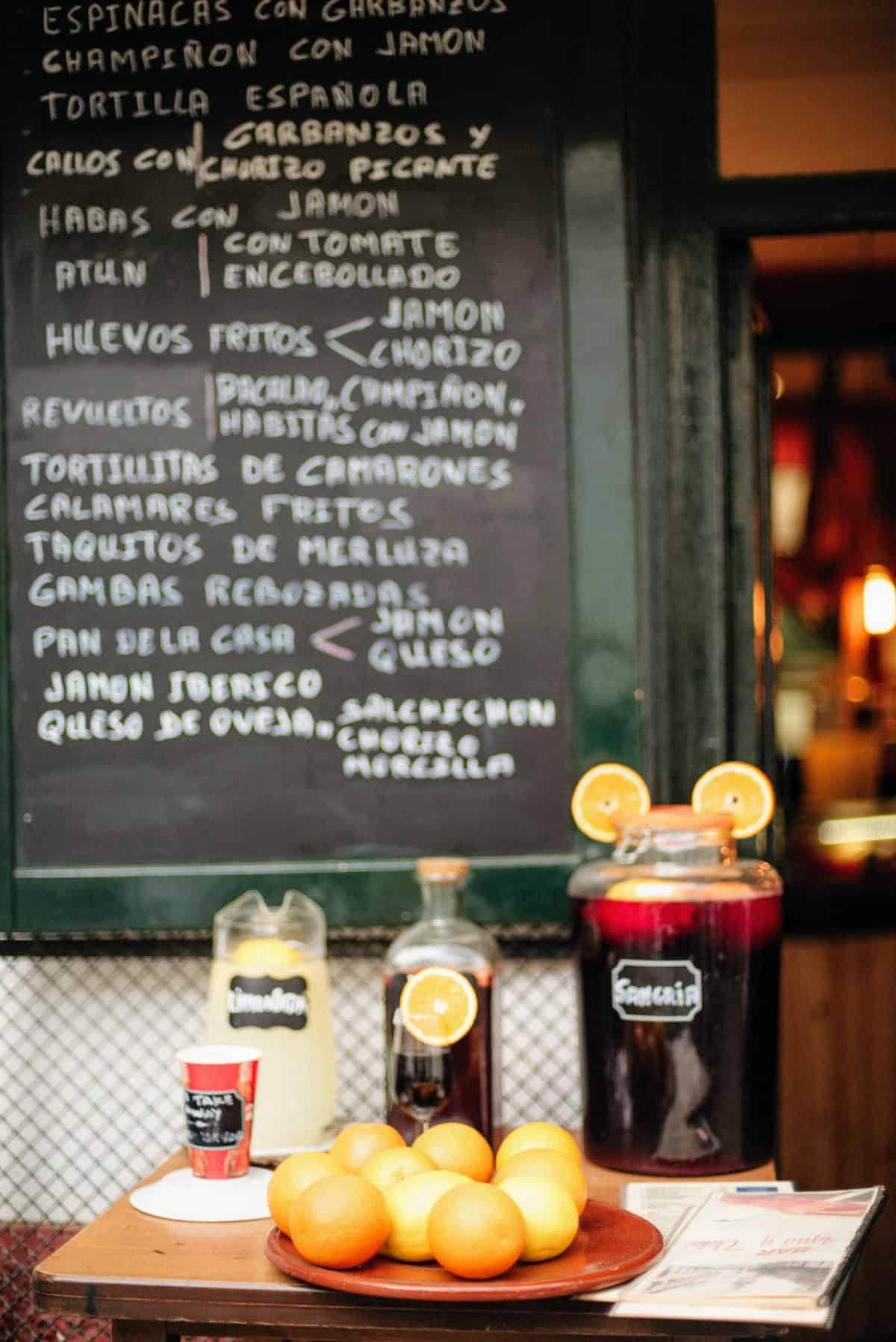
We’ll save the paella debate for another day, and skip straight to the strong stuff. Or the weak stuff if you go to the wrong place. That’s the problem with sangria—no one really seems to know what it is, or even the history of sangria.
If you ask a Spaniard, they’re likely to associate it with a pre-made, wine cooler-type bottled beverage, reminiscent of the days when botellones still legally raged on into the early hours. Other Spaniards associate it with a tourist trap, an overpriced glass of wine and soda. And, more recently, there are some who have come to know it as another of the tempting cocktails offered at Madrid's trendy new restaurants.
So where is all the confusion coming from? The history of sangria makes it clear that it's is as Spanish as bulls and flamenco, right? Well, yes and no.
History of Sangria
The history of sangria is actually pretty straightforward. Over 2,000 years ago, the Romans made their way across the Iberian Peninsula and planted vineyards along the way. As water at that time was unsafe for drinking, it was common to fortify it with alcohol to kill off any bacteria.
The first sangrias were likely heavily watered-down mixes of wine, water, herbs, and spices. The Romans would add anything to kill off the bacteria in the water and to disguise the terrible taste of the table wine. The name of the drink comes from the Spanish word sangre (which itself comes from the Latin sanguis), or blood, and refers to its dark color.
Most food historians agree that Spaniards introduced some version of sangria to the Americas in the early 1800s. Official accounts place the US introduction to sangria at the 1964 New York World’s Fair, when the Pavilion of Spain served it to visitors from the Taberna Madrid kiosk. Since then, Americans have been quick to embrace the Spanish cocktail, and in recent years many bars have started to serve a signature sangria to their guests.
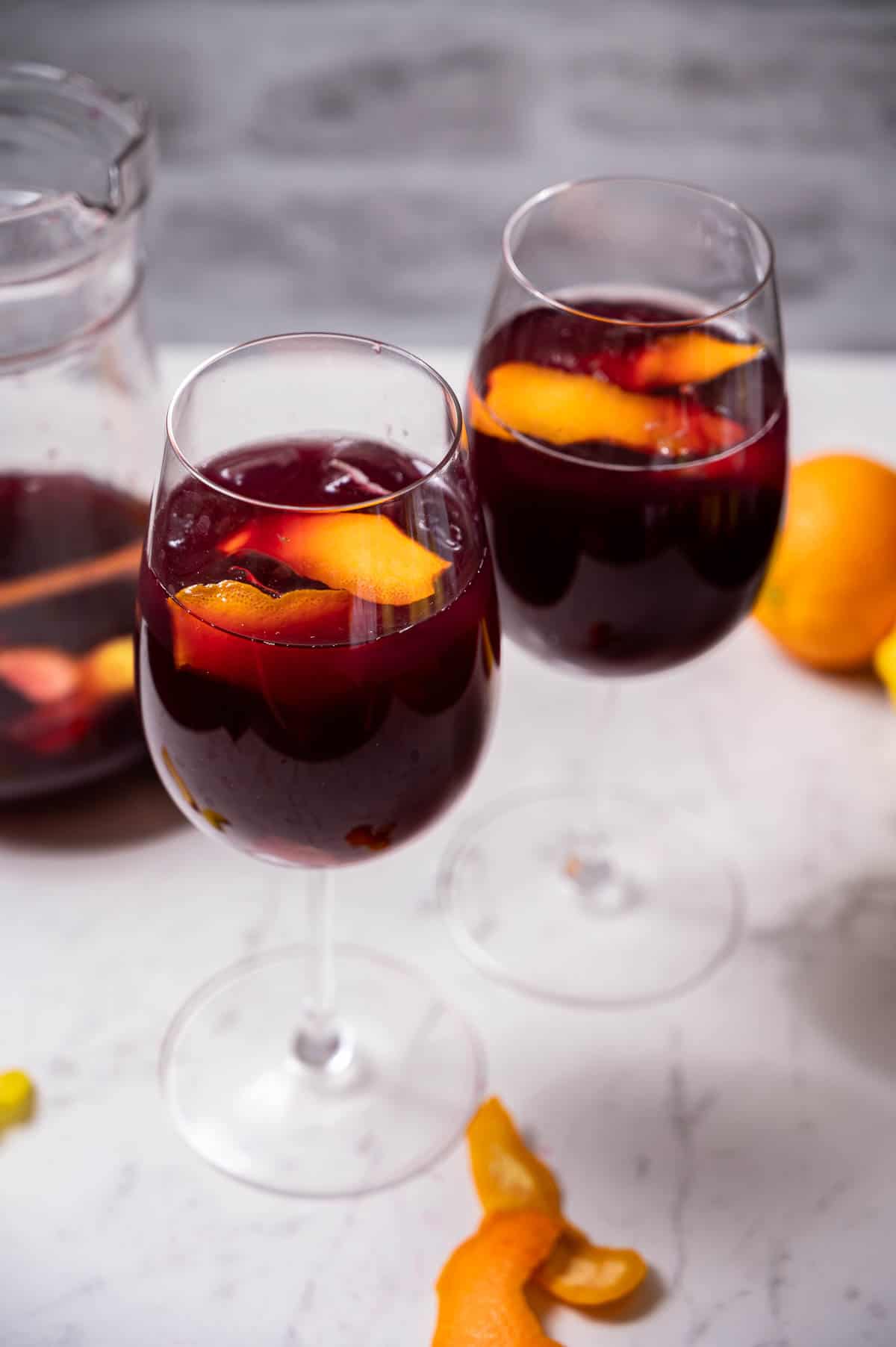
Sangria in Today’s Spain
The easiest way to think of modern-day sangria is as a wine punch, often involving fruit and other alcohols. But it's important to note that there's no standard recipe here in Spain. As a result, the complex and delicious sangria you might be expecting could likely lead to disappointment.
While cocktail culture has flourished in the US and other countries in recent decades, the Spanish cocktail scene still lags behind. And although Madrid has some great cocktail joints nowadays, this wasn’t always the case. So while every bar and restaurant in the US is serving up specialties like white wine passionfruit mango sangria or spiced sparkling strawberry sangria, Spain is still stuck in a rut.
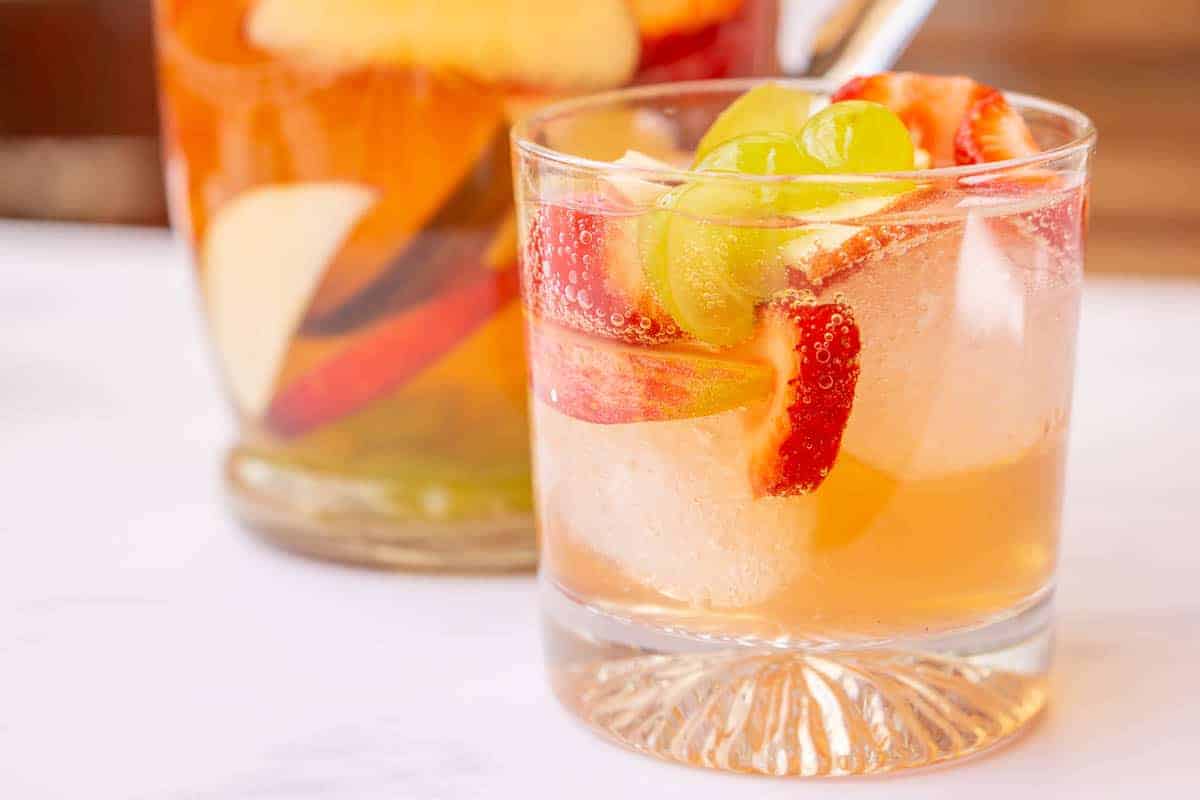
Establishments know that tourists expect sangria, so you’d better bet they’ll serve something by that name. But more often than not, you’re getting overcharged for a much cheaper (and very popular) Spanish drink called tinto de verano.
Tinto de verano is simply red wine, ice, and either lemon soda or casera (artificially sweetened soda water). It's delicious and actually what many Spaniards drink instead of sangria, but many visitors are unfamiliar with it. As a result, in many Madrid restaurants the barman adds a splash of vermouth and a couple of slices of orange to a glass of tinto de verano, then charges double for their “house sangria.”
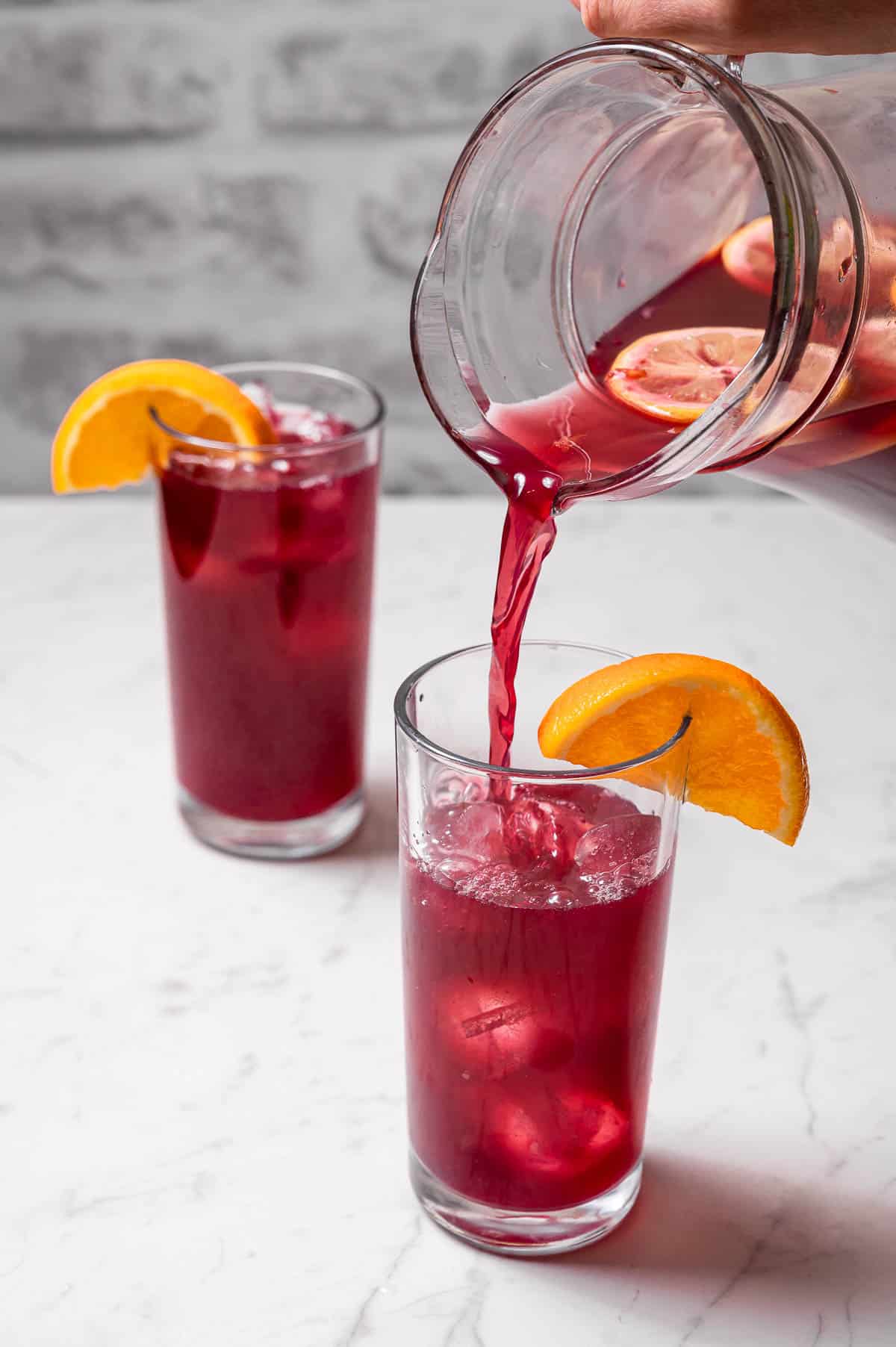
Why don't many Spanish bars offer real sangria? There are two main reasons.
The first is that good sangria needs time to let the fruit macerate and so that the wine can soak up all the delicious flavors. In Spain's fast-paced bar culture, this isn't realistic.
The second reason is the fact that sangria simply isn't in demand among locals—at least when they go out. If anything, sangria is enjoyed at home for weekend barbecues and other events with friends and family. Much like alcoholic punch common in English-speaking countries, sangria is more of a party drink in Spain and not something you would really order out at a bar.
Tips for Drinking Sangria in Spain
In the majority of bars and restaurants, your best bet is definitely sticking to the tinto de verano. But don’t turn your nose at sangria right away—there are some places that make some really nice versions. Ask about the ingredients to avoid surprises.
Remember that, despite its name, not all sangria is made with red wine. There are versions throughout Spain using white wine, cava, and even cider. Sangria can have anywhere from 4–12 percent alcohol content, so drink with caution!
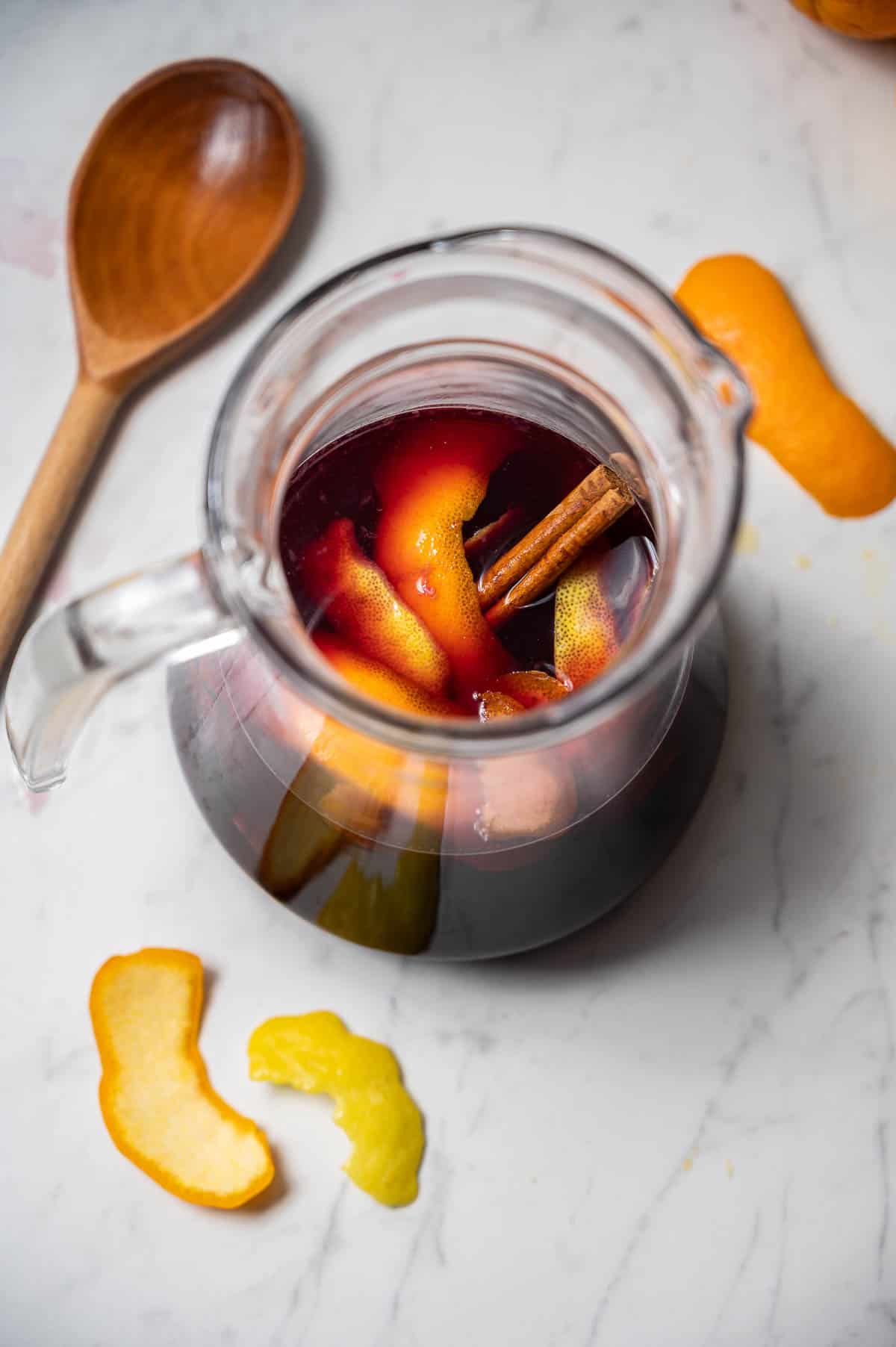
Top Spanish Sangria Recipes
From its history as a Roman necessity to a fun drink for social events today, sangria certainly has come a long way. Making it at home is easy, fun and delicious. It's perfect for parties and there are some great sangria recipes to discover.
Some of my favorite sangria recipes are:
- Traditonal Spanish Sangria
- Cava Sangria
- Warm Spiced Sangria
- Rosé Sangria
- 4th of July Red, White & Blue Sangria
- White Wine Sangria
- Watermelon Sangria
- Non-Alcoholic Sangria Mocktail
History of Sangria FAQs
Sangria has its roots in ancient Roman times, when alcohols such as wine were added to poor quality water to kill off the bacteria. Soon, people began to add herbs and spices to disguise the taste of the wine, which usually wasn't very good.
Sangria became associated with Spain thanks to its appearance at the Spanish pavilion of the 1964 World's Fair. It gained massive popularity in the US, and many American visitors began to associate the drink with Spain.
The word "sangria" comes from the Spanish word for blood, which is sangre. This is due to its dark red color.
Update Notice: This post was originally published on March 24, 2017 and was updated with new text and photos on July 1, 2021.
Hungry for more? Sign up for my free weekly newsletter and receive a new Spanish recipe once a week! Join today and get my FREE Spanish ingredient essentials guide!




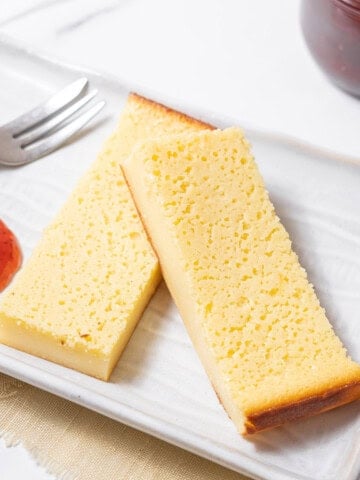

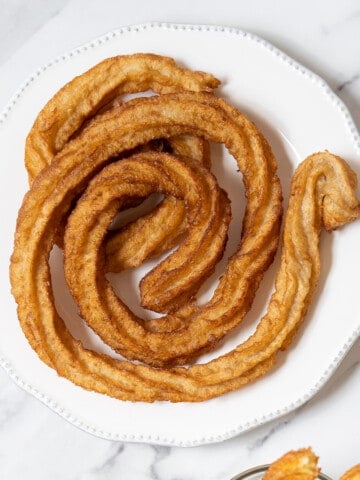
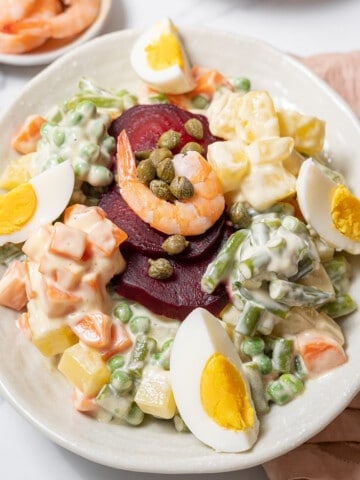
William "Bill" Moore
Me encanta 'tinto de verano' I love tinto de verano. I discovered it when i was in Spain several years ago. It is unpretentious and refreshing as well. The Spaniards use any reputable 'vino tinto' red dry table wine, usually local, as it's cheaper. i recall being able to go into many local bars and fill up your 'demijohn' you brought from home for your weeks drinking wine. Anyway, in Madrid the local wine might be vino de Madrid or Mentrida. In Barcelona it might be Tarragona tinta and Valencia Jumillas, basically the local red wines I like to make mine with less wine and more club soda as it can make you tipsy if you drink too much. if made with less wine and more soda, you can drink more and not get woozy due to the alcohol and the heat of the afternoon. Salud!
Heather
We traveled to Spain this past October and loved every minute! So much so that we are considering moving. Anyway, we had read the "only tourists drink sangria" thought process before going and at first adhered to it. But we diverted from it our first night when at a restaurant in Segovia, the table next to us got the most lovely looking pitcher of sangria and we ordered some. Oh boy were we glad we did. I have obsessively dreamed of this sangria since returning. I recently figured out how to make something so similar that we can't tell the difference. That evening kicked off a 10 day trip of sangria drinking, where we got some that were delightful and some that were not. I still would encourage anyone traveling to Spain to get the sangria, if that's what you want to do. You may likely find something delightful, like we did. And if not, who cares! It's not like you cant get a bad drink in the US as well. Tinto de verano is also very yummy and much cheaper. But it is not as good as a great sangria and you'll never know if a place has a great one, if you dont order it. Unless you luck out like we did on our first night and get sat next to the unsuspecting tourists now turned your own personal sangria Guinea pig!
Lauren Aloise
^^ I love this! There is good sangria in Spain, and in the end, it's all about what you enjoy! 🙂
Irene diaz
Hola love the recipes you share. I hope to travel to spain next summer .definitely will be in Madrid any restaurant suggestions?
Lauren Aloise
Hi Irene! Absolutely! Check out my Madrid gastro guide, filled with some of my favorite restaurants in Madrid! https://spanishsabores.com/madrid-gastro-guide-where-to-eat-in-madrid/